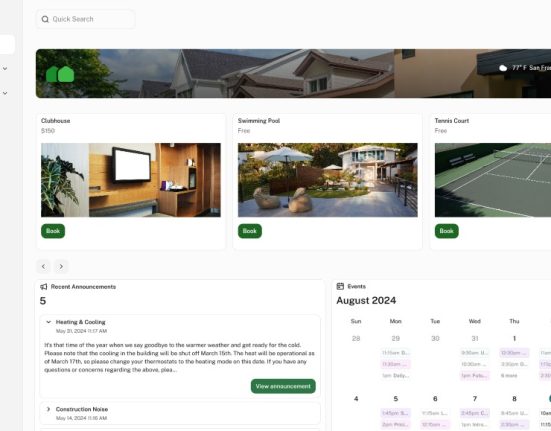Loading
The former wants to maximise tax deductions while the latter really should be focusing on chipping down their debt… but not actually chipping it down. Yes, there is a smarter approach.
And, as someone who has been both an investor and rent-vestor, I want to share my optimal loan experience.
What you can do about it
I played this whole era − that climb-onto-then-up-the-property-ladder one that is painful for everyone − as a three-step process.
Step 1. I became a rent-vestor. My then-husband and I were living overseas so that was the only option when we bought in Australia… but it’s a good one whenever you want to live somewhere else. It also allows you to buy somewhere more affordable, with better growth prospects than, say, an inner-city unit you may want to live in.
Step 2. We stopped renting (and came home), bought a small unit and kept the investment property.
Step 3. We upgraded to a home big enough to fit kids… and still held on to the investment.
Here’s how you structure those three different investment loans, at different life phases, to maximum benefit. Starting with…
Good debt versus bad debt
You might have heard these terms – I prefer to call them bad debt and very bloody bad debt because I hate any debt and your ultimate goal should be to discharge all of it.
Loading
But the better kind – sometime called good debt − is investment debt. Because it produces income, you earn tax deductions for your costs incurred – think maintenance, bills and interest.
Essentially, the government helps you pay off the property (we’ll park debate about whether that’s fair to first homebuyers for today’s purpose and instead supply an “if-you-can’t-beat-them-join-them” strategy).
That’s crucial for the property steps above: it means that when you are an investor and also have a home loan of your own, you want to keep the maximum money free to throw at that owner-occupier, “very bloody bad” debt by keeping your investment loan repayments low (and as a bonus, your tax deductions high).
But it’s another story if you are renting and investing. Here, you want to see your stake in your investment-property asset swell – it’s all you’ve got – so…
Buy the right way to overpay
While regular investors often prefer to buy with interest-only loans, thus minimising their repayments and maximising their tax deductions, as a rent-vestor, I did not.
As a rent-vestor, a principal-and-interest loan means that you, month after month, own more of your property. And as such, it might be the only type of loan a lender will extend in this situation anyway.
But that is also the surprising trap.
Indeed, it’s even a trap to pay down an owner-occupier loan further than required if there is a chance you might later convert it into an investment property. A lot of people do the property ladder this way around: buy something small to live in for just a while (claiming the first homebuyer grants and concessions), then upsize but keep the first one.
It’s vital to know that you can only claim tax deductions for investment property interest on your lowest-ever loan balance… once you have paid a loan down, even if you redraw the money later (say to buy another home), those deductions are lost to you… and the property becomes somewhat useless as an investment.
The simple solution is to preserve your tax deductions in case.
Sure, be happy to pay off that little bit of principal that a principal-and-interest loan includes. But if a property is or could become an investment, make all extra repayments into an offset account rather than into the loan itself (into that real offset account I introduced you to last week).
Unlike if you rely on being able to make a redraw, extra money in an offset will definitely be there if and when you need it, say for your next home purchase.
And – because the loan is never technically paid down – so too will your tax deductions.
Nicole Pedersen-McKinnon is the author of How to Get Mortgage-Free Like Me, available at www.nicolessmartmoney.com. Follow Nicole on Facebook, X and Instagram.
Advice given in this article is general in nature and is not intended to influence readers’ decisions about investing or financial products. They should always seek their own professional advice that takes into account their own personal circumstances before making any financial decisions.







